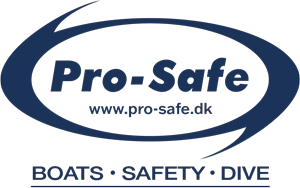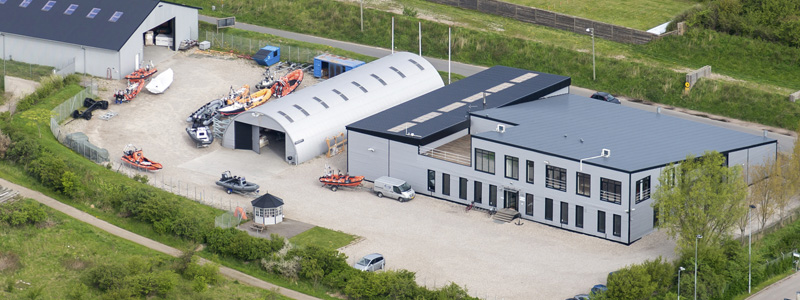Tube Material – Hypalon or PVC?
At Pro-Safe, we are often asked:
“Why should I choose Hypalon for my professional RIB boat?”
My initial thought was to answer:
“Because 95% of all professional RIB users in the world do so.”
But I can see that answer is inadequate.
So, I will provide a better response here.
The sun’s strongest opponent
First of all, Hypalon effectively blocks the sun’s rays. Here in the workshop, we have seen many examples of 7-10 year old vessels where the sun has simply eaten away at the fabric, even in Denmark where the sun is hardly known for being powerful. It is therefore natural for RIB boats for professional use, which are often subjected to high heat/cold stress, to be made with Hypalon and not PVC or PU, which begins to melt at 80 degrees Celsius.
Tube Repair
The process of mounting and bonding components is significantly more durable with Hypalon, which also yields better results for future repairs. There simply is no material that is better to work with for a rubber boatman, especially PU, which is extremely difficult to achieve a good repairing results. A few RIB manufacturers, especially Chinese ones, use PU because it can be welded, which is an advantage if you don’t have a controlled production. Unfortunately, none of these manufacturers can avoid having to bond individual components to the pontoon and finally to the hull. This is often where things go wrong because they don’t hold very well. And this reduces the boat’s lifespan and making it extremely difficult to repair any damage. Studies show that PU has a strong and durable surface that can withstand many rubs.
Nice to have / Need to have
Hypalon is a more expensive solution, and unfortunately, we cannot change that. However, we can look at the needs of Northern European RIB users, most of whom are not everyday users. The sun in, for example, Scandinavia is not the strongest, and therefore many choose to “settle” for a PVC pontoon. If one has a little eye for quality and production techniques, this solution can absolutely also be recommended – depending on the purpose and frequency of use. For example, 9 out of 10 BRIG boats sold in Scandinavia have a PVC tubes. They are still hand-bonded and of good quality that can easily withstand normal maritime hardships. But for the Search and Rescue team in Greenland and soldiers on missions in Africa, there is only one solution, and that is: Hypalon.


















